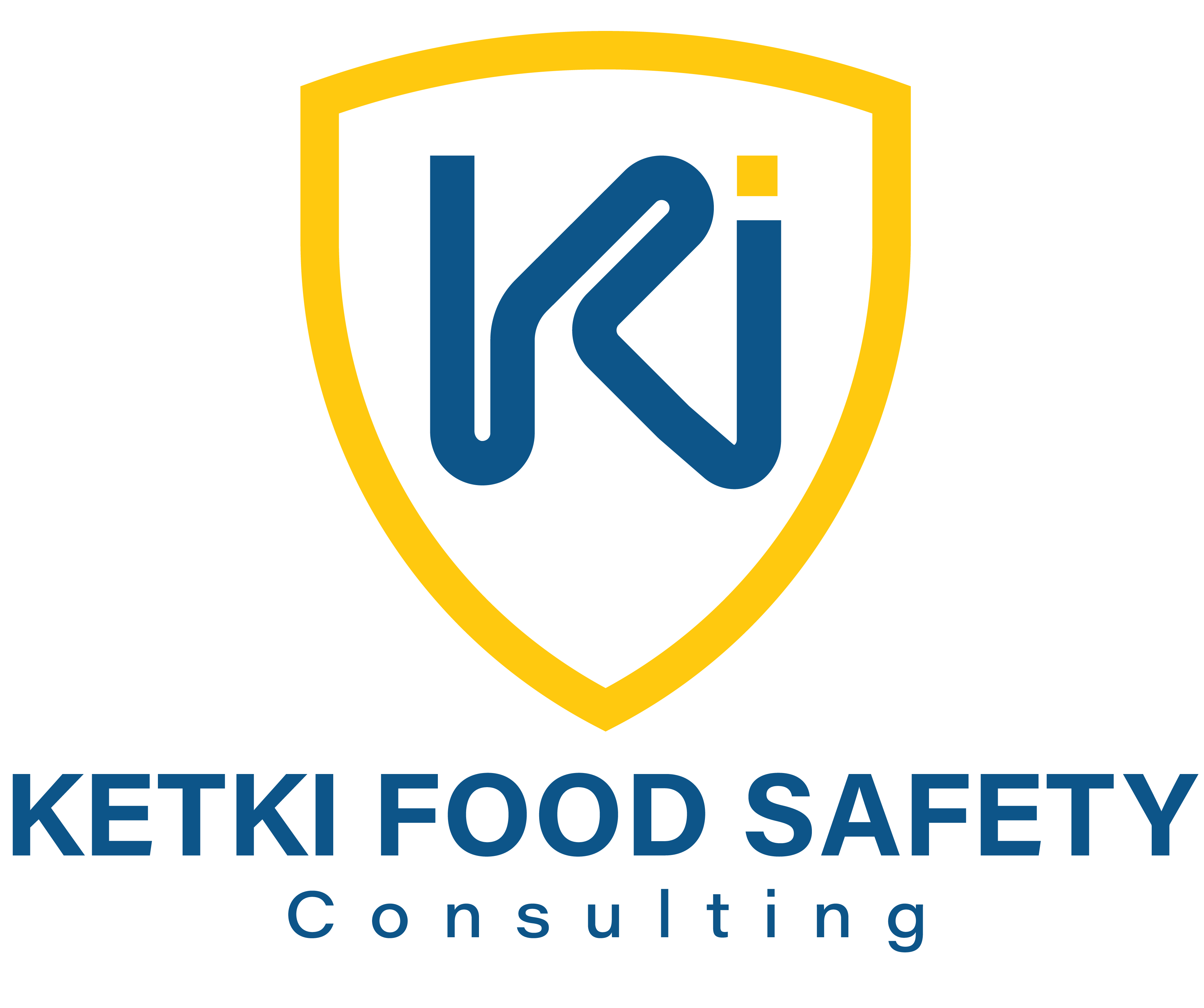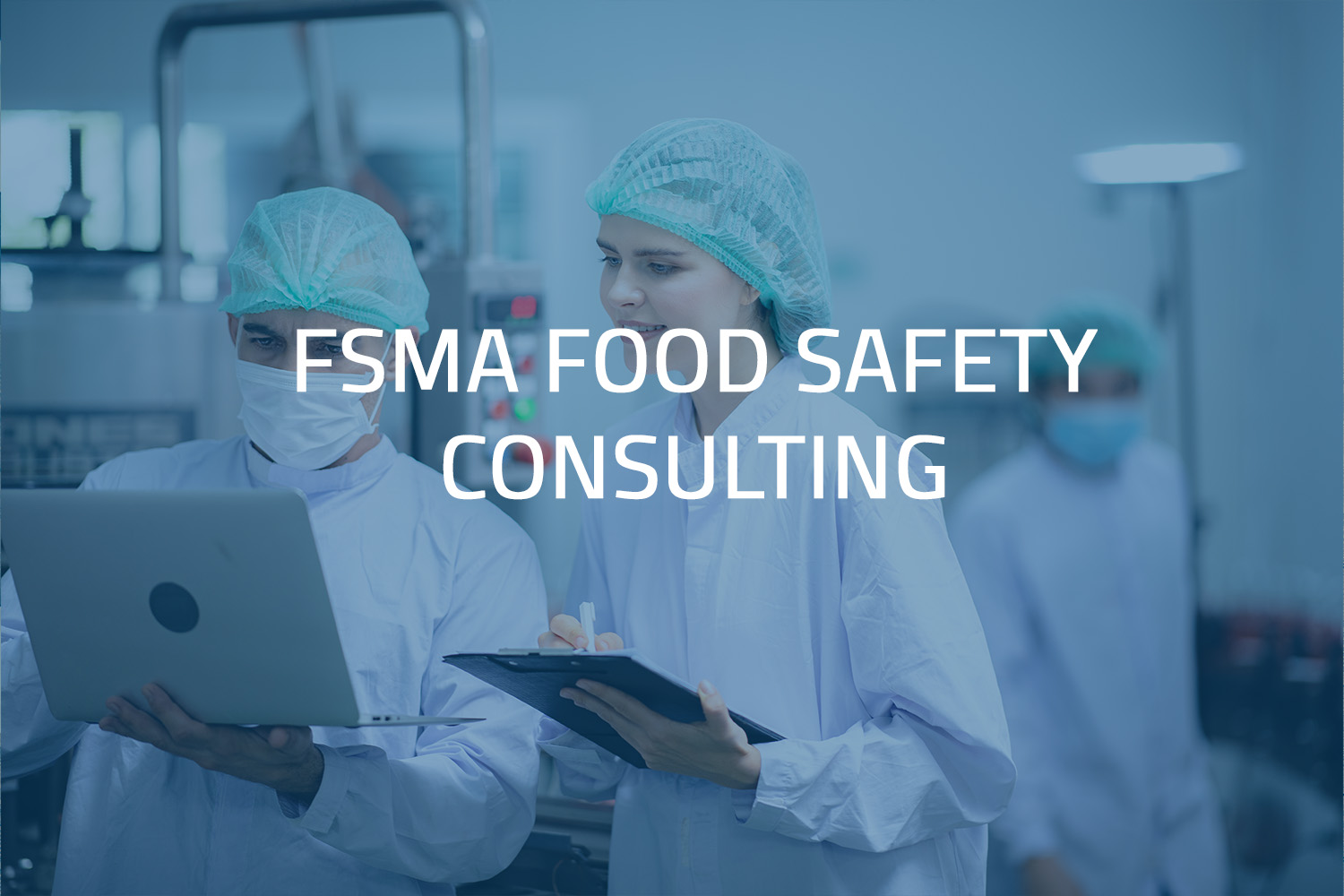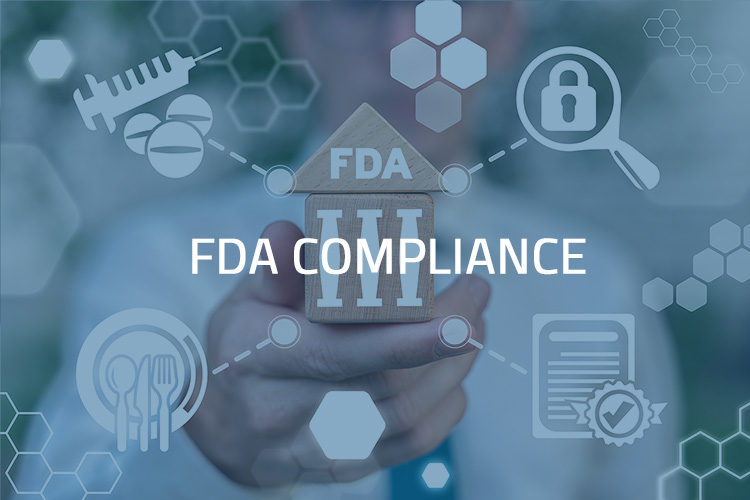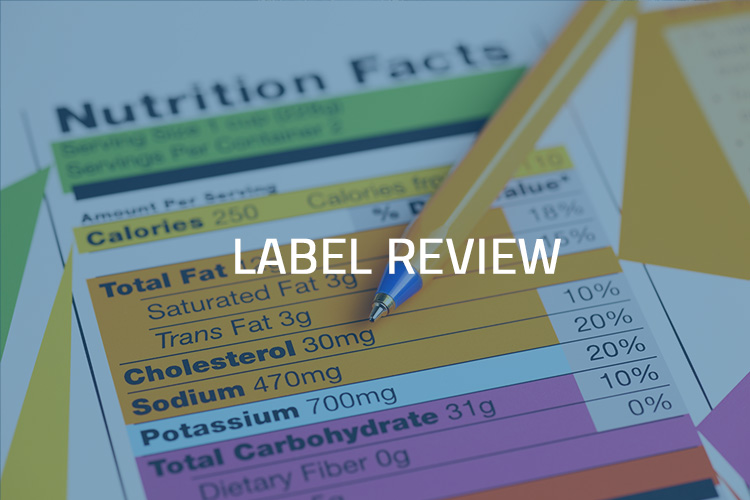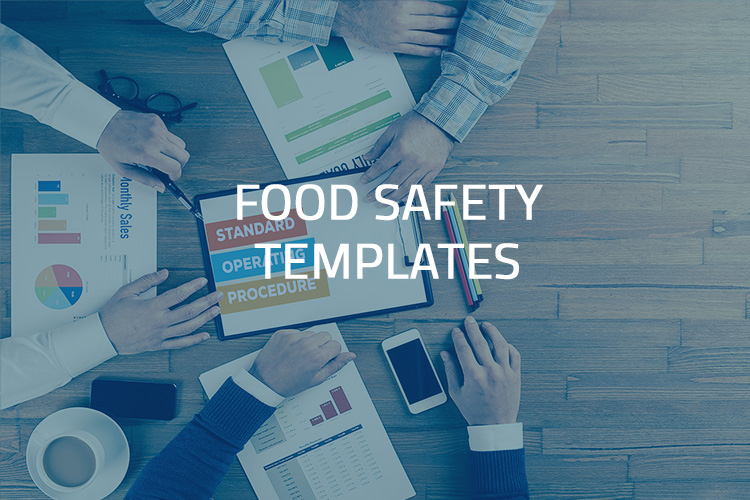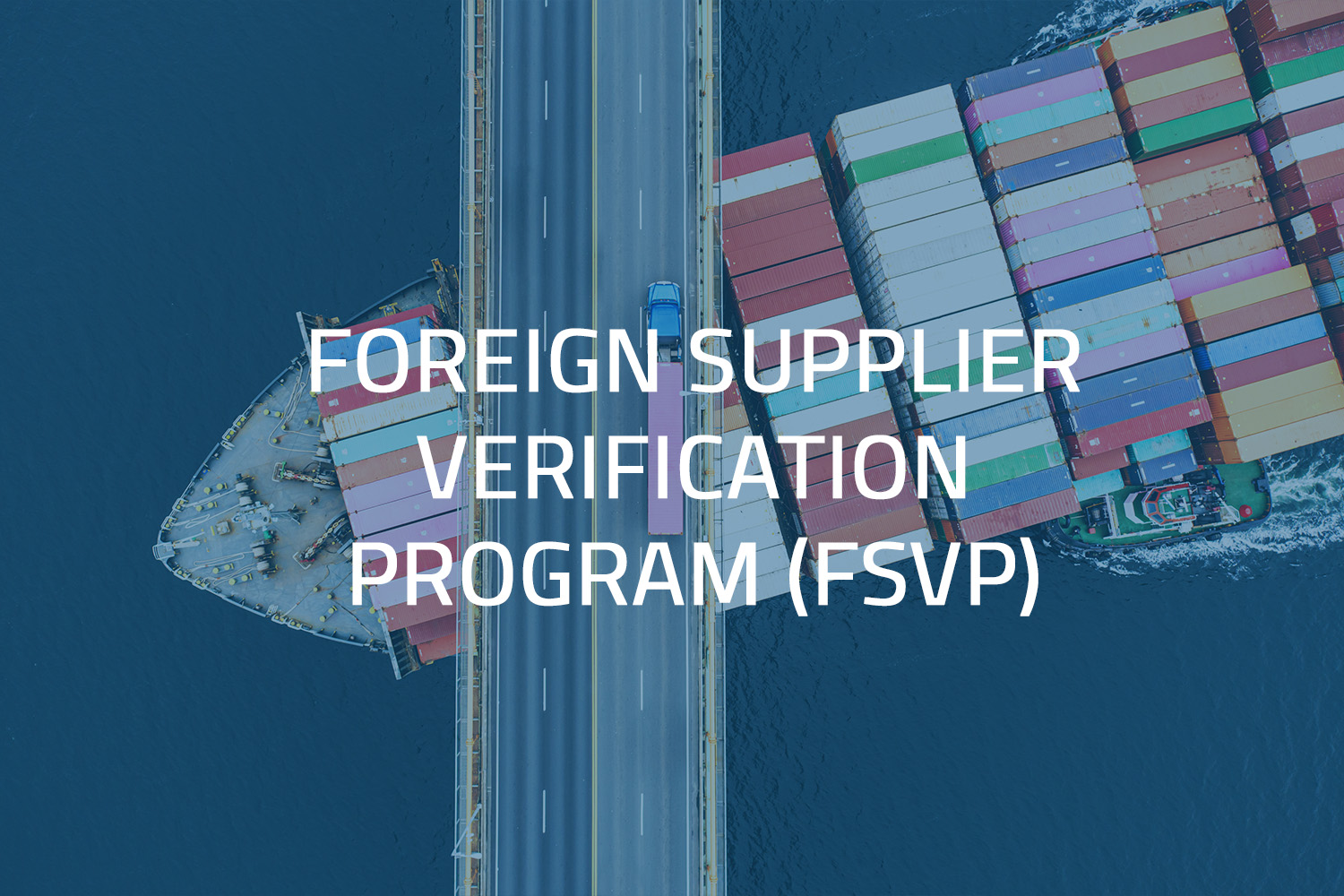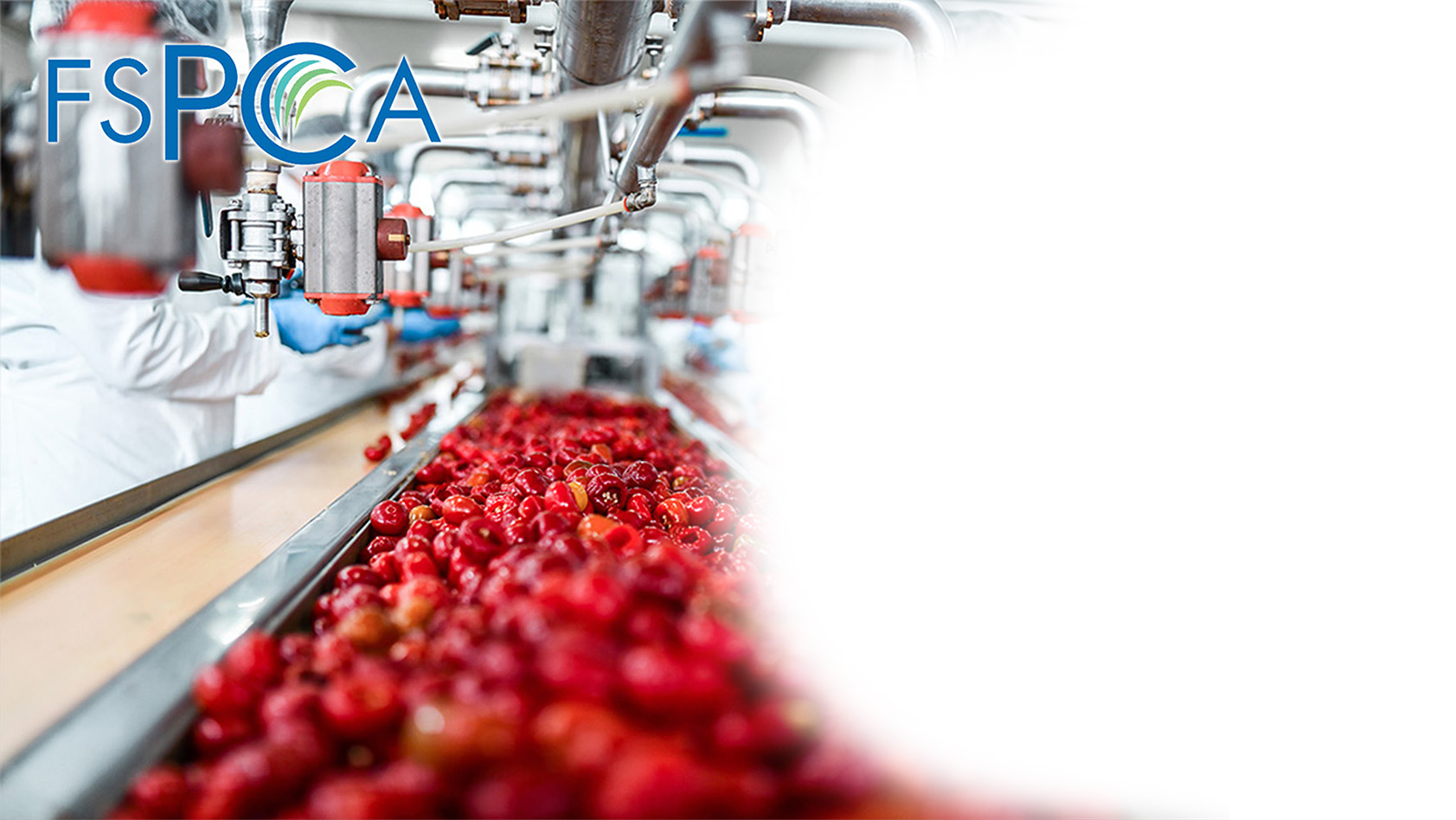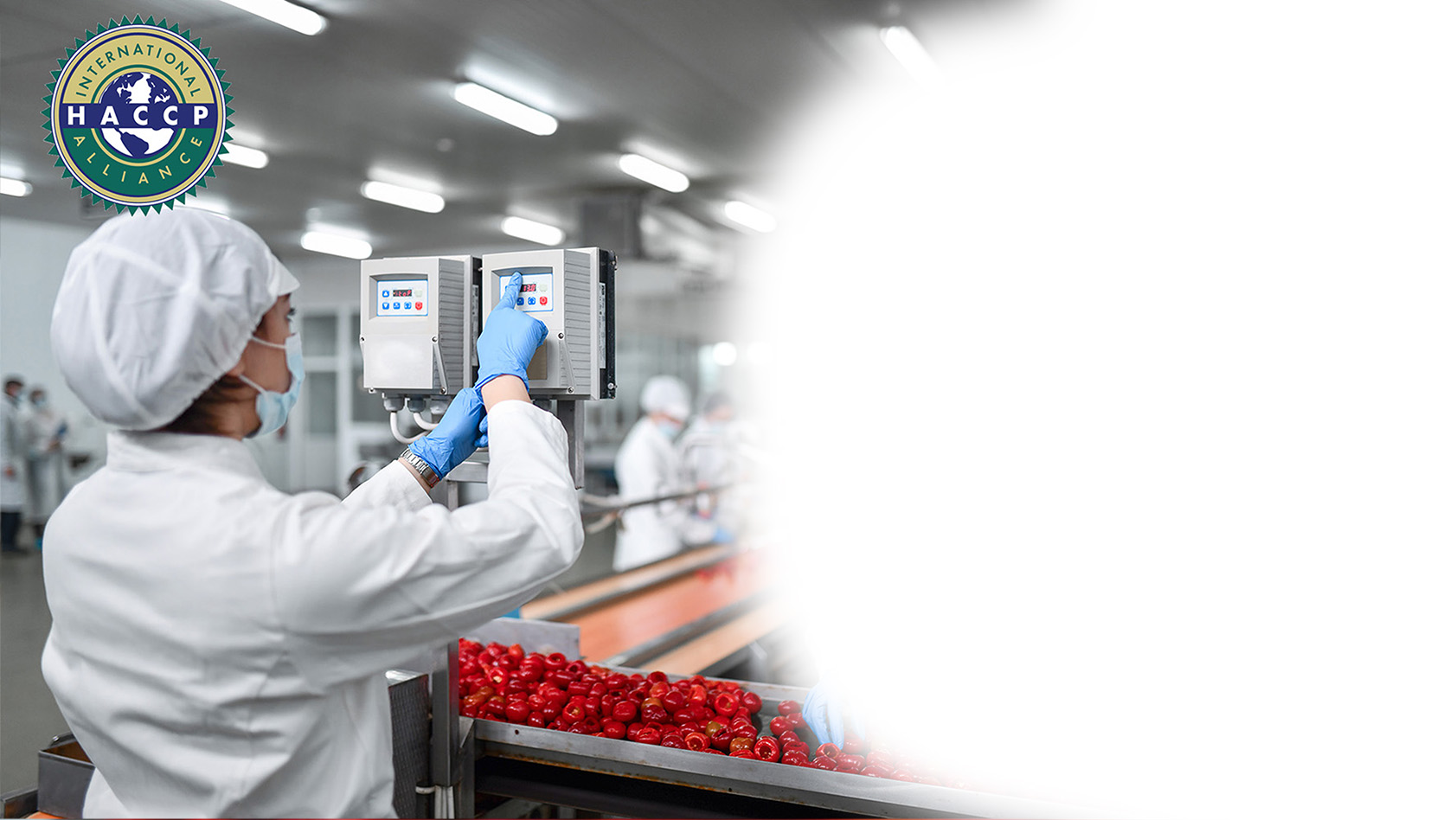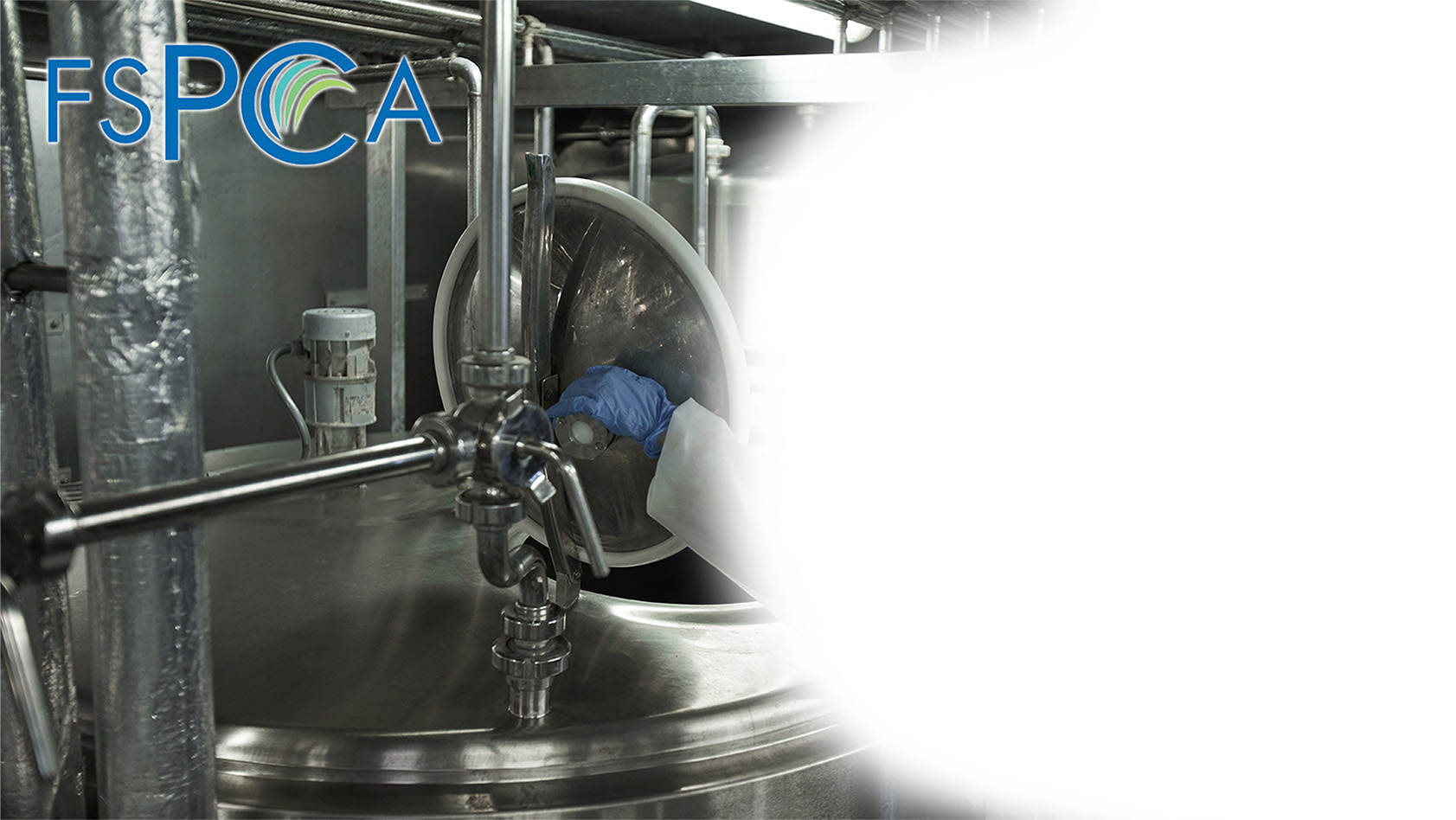Ketki Food Safety is your trusted partner in ensuring food safety and compliance through Hazard Analysis and Critical Control Points (HACCP). We understand the importance of maintaining the highest standards of food safety to protect your consumers and your brand reputation.
Why is HACCP important?
HACCP Plan, which stands for Hazard Analysis and Critical Control Points Plan, is a systematic approach to food safety that helps identify, evaluate, and control potential hazards in food production processes. It is a proactive system designed to prevent food safety problems before they occur HACCP is widely used in the food industry to ensure food safety and prevent foodborne illnesses. It is a science-based and internationally recognized system that helps food producers, processors, and handlers maintain high food safety and quality standards.

How do we create HACCP Plan?
- Hazard Analysis – This is the first step in HACCP. It involves identifying and evaluating potential hazards associated with the food product, such as biological (e.g., pathogens), chemical (e.g., toxins), and physical (e.g., foreign objects) hazards.
- Critical Control Points (CCPs) – These are specific points in the food production process where hazards can be controlled, reduced, or eliminated. CCPs are determined based on the hazard analysis and are essential for ensuring food safety.
- Critical Limits – At each CCP, critical limits are established. These are the maximum or minimum values that must be met to control the identified hazard. For example, a critical limit might specify the minimum cooking temperature for a particular product.
- Monitoring – Continuous monitoring is necessary to ensure that the critical limits are met at each CCP. This involves regular checks, measurements, and observations to verify that the process is under control.
- Corrective Actions – If a deviation from a critical limit occurs, a plan for corrective actions is essential. These actions are designed to bring the process back under control and prevent unsafe products from reaching consumers.
- Verification – Verification activities are conducted to confirm that the HACCP system is working as intended. This may include periodic reassessment of the plan, validation of critical limits, and review of records.
- Record-keeping – Detailed records of the HACCP plan, including hazard analysis, CCPs, critical limits, monitoring results, and corrective actions, must be maintained. Records serve as evidence of compliance and can be crucial in case of audits or inspections.
- Documentation – Documentation includes the development and maintenance of the HACCP plan and all related procedures. Proper documentation is essential for demonstrating compliance with HACCP principles.
FAQs
The need for HACCP implementation depends on local regulations and the specific nature of the food business. In many cases, smaller businesses may have simplified HACCP plans, but it’s still essential to address food safety.
HACCP consists of seven principles, including hazard analysis, critical control points identification, establishing critical limits, monitoring, corrective actions, verification, and record-keeping.
Unlike traditional methods that rely on inspecting the final product, HACCP is a preventive approach. It identifies and addresses potential hazards at critical points in the production process, reducing the likelihood of unsafe products reaching consumers.
The specific requirements for HACCP implementation may vary by region and type of food operation. It’s essential to be familiar with local and national food safety regulations and guidelines to ensure compliance.
Got any questions?
Ready to take your food safety practices to the next level? Contact us today to discuss how Ketki Food Safety can assist you in developing and implementing a robust HACCP plan. Together, we can ensure the safety and integrity of your food products, protect your consumers, and enhance your brand’s reputation.
